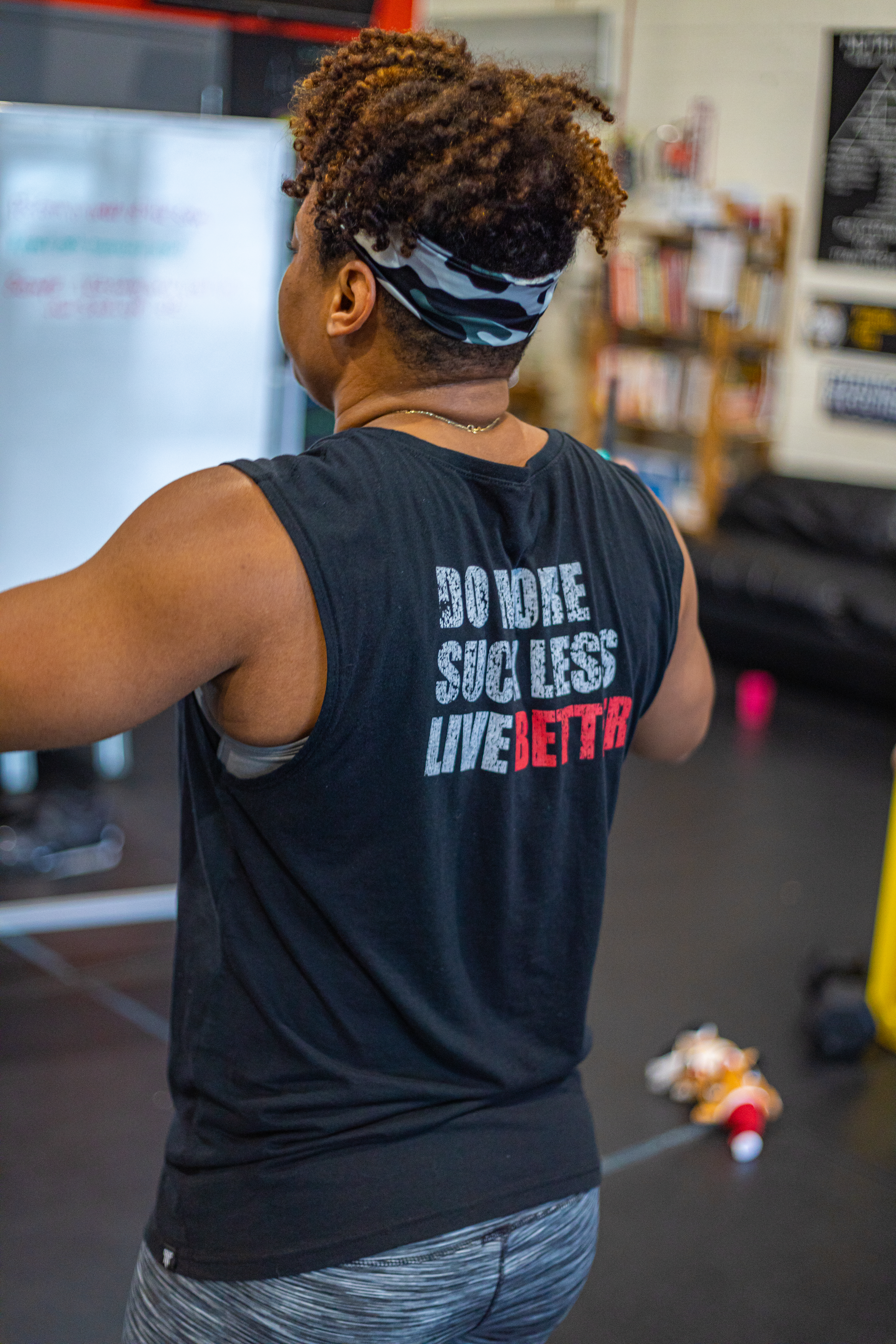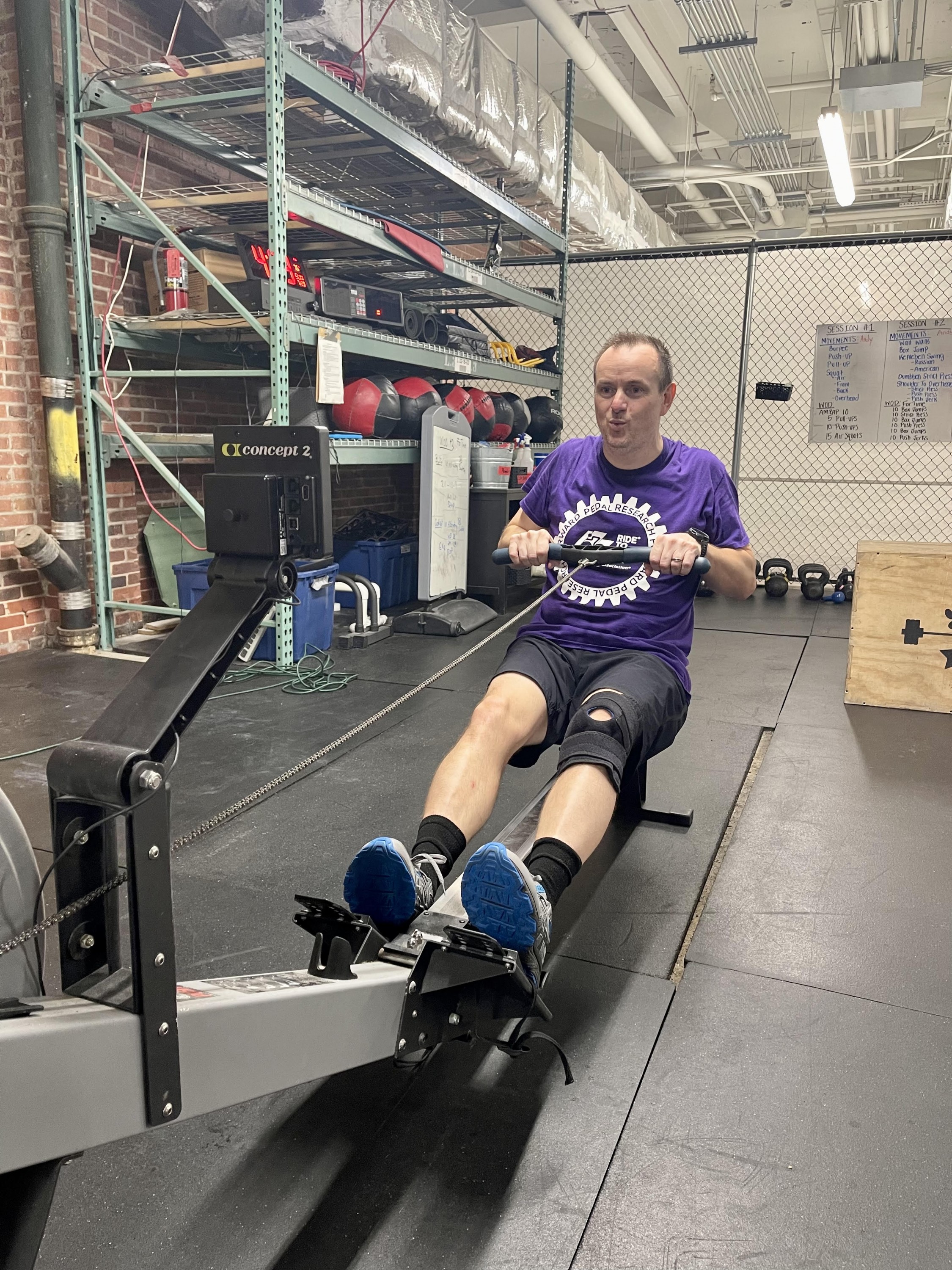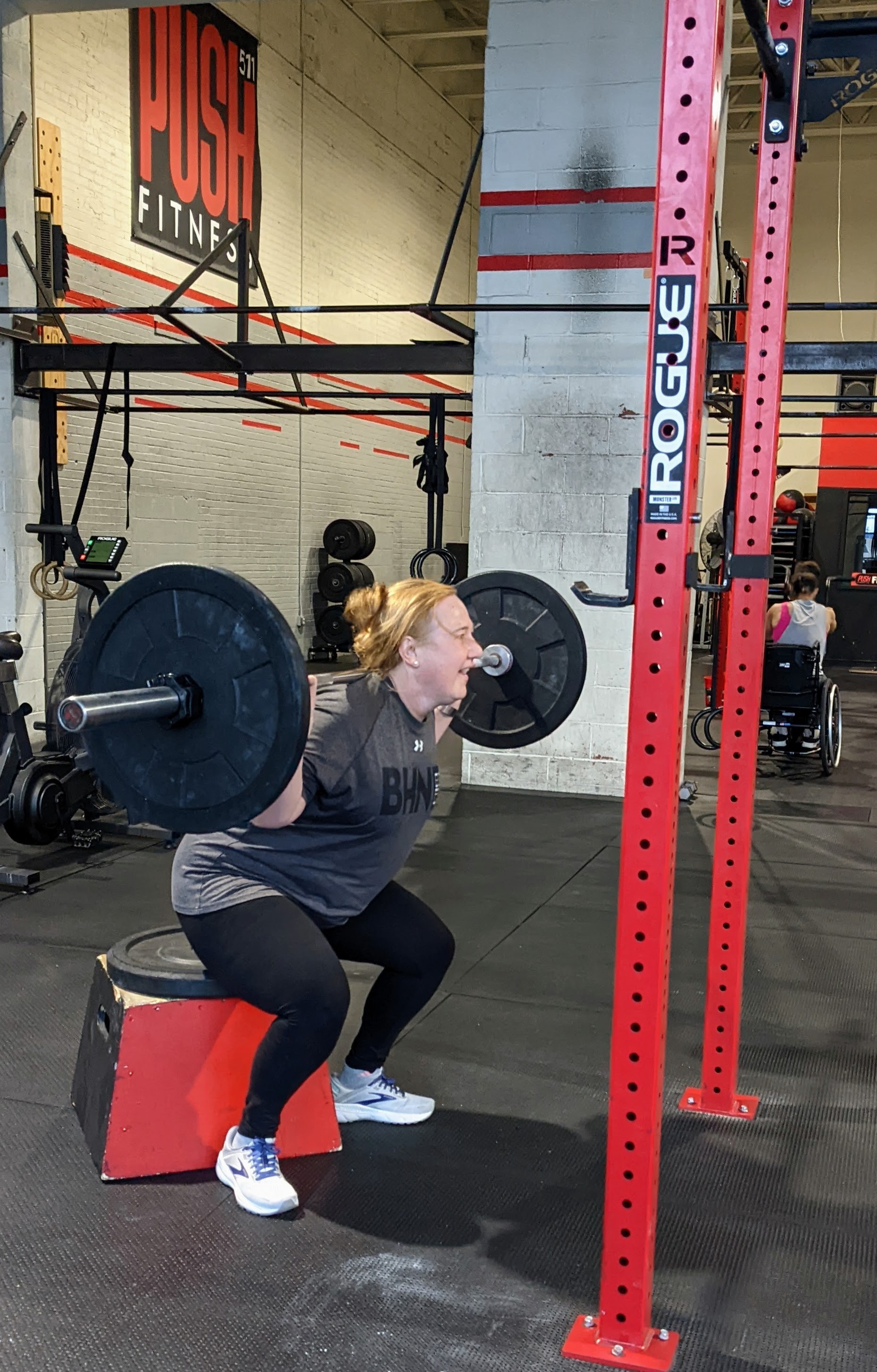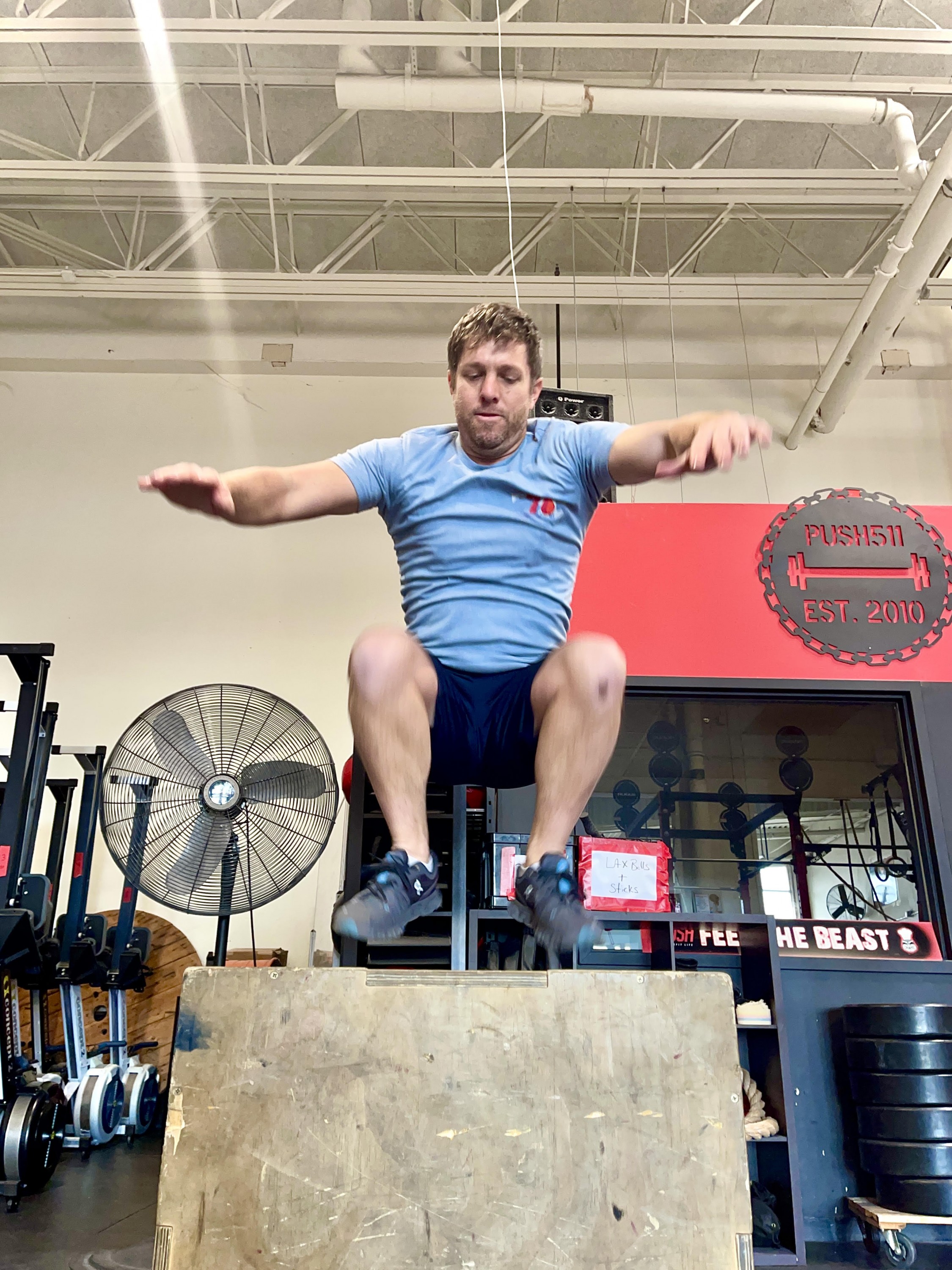
Hesitant to scale a workout? - You shouldn’t be.
Don’t want it to seem like you’re taking the ‘easy way’ out? - You’re probably not.
Scaling is an important component of working out. In fact, athletes are oftentimes encouraged to scale. This is why doing Personal Training is so important so you can learn all the modifications to a movement that fit your personal needs.
Here are some reasons why:
- Adapt a movement to an athlete’s limitations (endurance, strength, skill level, flexibility, mobility, body awareness, etc.) while still preserving the workout’s intended stimulus (included targeted movements, if possible);
- Develop/perfect basic movement patterns for supporting more complex (or more heavily loaded) movements (for example, mastering the technique and points of performance of an air squat before attempting a heavy front squat);
- Continue to safely develop an athlete’s work capacity and skill level, ultimately contributing to an athlete’s long-term progression.
- Recovering from an injury, new to fitness or just had a baby.
Scaling isn’t just for beginners. It’s for anyone who needs progressions for developing movement patterns, for overcoming soreness or injury, or to just get moving after a bad night of sleep or tough day at work. Everyone is different and spending time one-on-one with a personal trainer will help you with these progressions.
Two quick examples:
One of my workout partners had shoulder surgery a few months back. He was a force to be reckoned with before the surgery, and soon will be again - but in the meantime, he’s been smart about his return to CrossFit workouts. Before being cleared to use his shoulder, he worked on building up his aerobic capacity (runs, bikes, air squats, lunges, sled pulls). As he’s gradually been cleared to integrate upper body movements, he’s done so deliberately and safely: slowly adding individual movements, but scaling the weights to build strength and mobility (e.g., PVC-only as he builds of the shoulder mobility; barbell only until he gains confidence under weight; banded pull-ups for weeks on end, despite wanting to do kipping pull-ups).
I was fortunate to be able to workout through pregnancy. When I returned to the gym afterwards, I knew I needed to start slow. I hadn’t lost too much strength, but had lost a fair amount of aerobic capacity. Instead of skipping group classes, I scaled. I started light, reduced the load, and worked at a lower intensity for weeks, as my body adapted and recovered.
Bottom line keep moving and moving properly!
In both examples, scaling allowed the athletes to slowly, and safely, return to their prior capacity. But as mentioned above, scaling has the same effect for athletes that are starting out, or working on new skills. It allows you to build the foundation on which more strength, good movement patterns, and fitness can develop. An athlete will never be judged for scaling appropriately. However, coaches will likely intervene when athletes opt not to scale when they should – the coaches have your safety in mind.
For a more detailed discussion on scaling, check out this CrossFit Journal article:
https://journal.crossfit.com/article/cfj-scaling-crossfit-workouts


